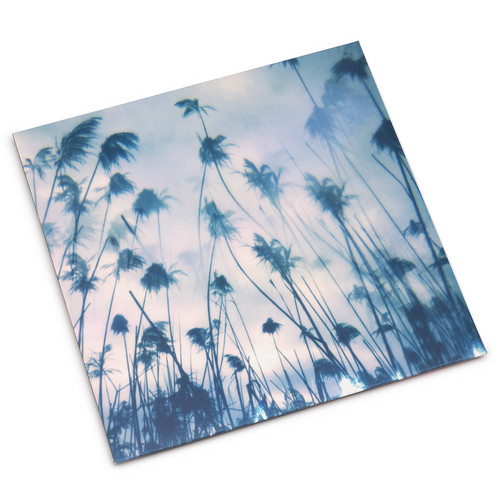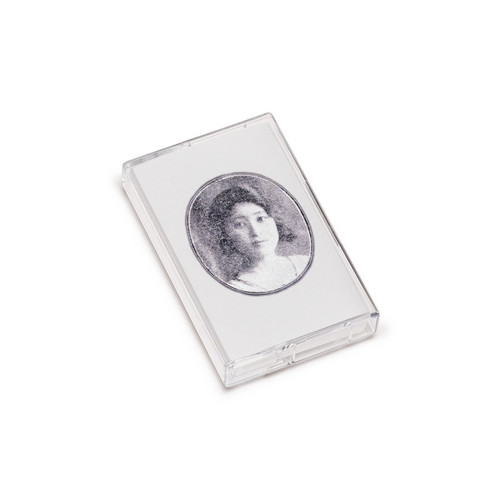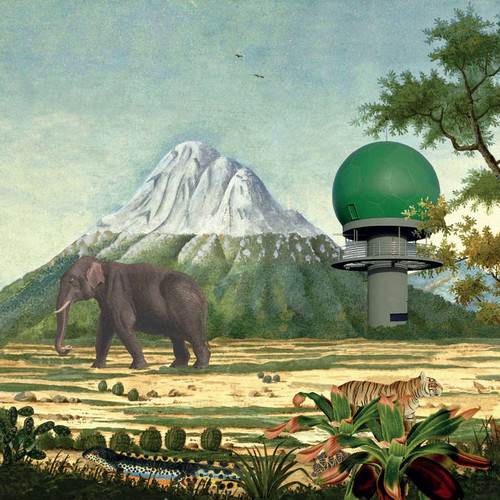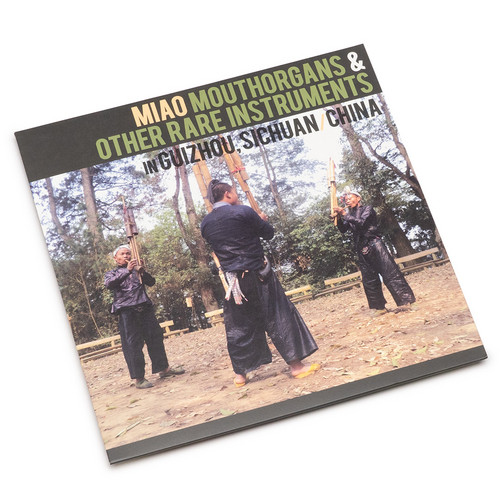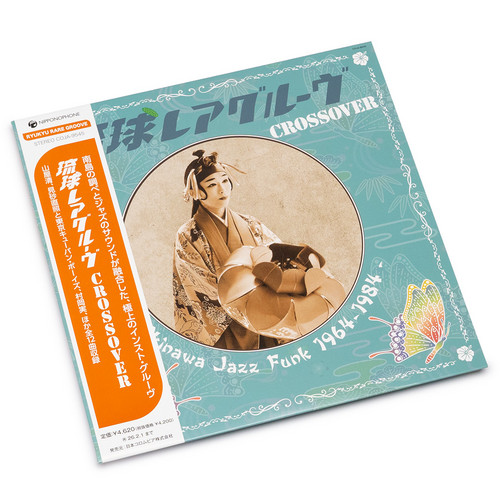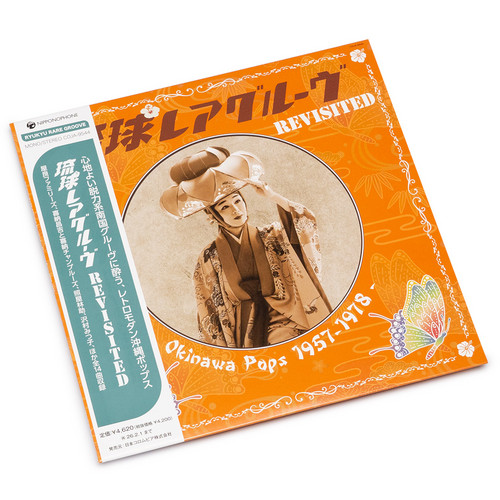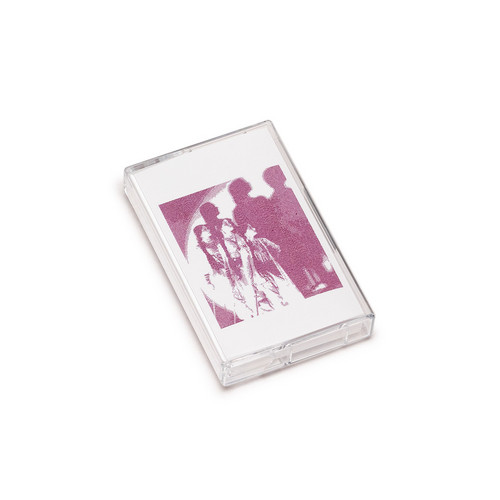Various
French Post-Punk & New Wave: 1980-1983
DINTE's partnership with Philadelphia store/distro World Gone Mad yields three more essential cassette-only mixtapes exploring the global proliferation of the punk spirit - this time exploring 1980s French language post-punk and new wave in France, Belgium and Switzerland across the decade. This is part 1 of 3, focusing on 1980 to 1983.
Yugoslavia New Wave & Post-Punk 1980-1989
Another tape reissued in our ongoing partnership with Philly's World Gone Mad. 90mins of post-punk and new wave from former Yugoslavia.
¡Debemos Apoyar Lo Que Es Nuestro! (Punk Sudamericano 1981-1990)
Another mixtape in our series in partnership with Philadelphia's World Gone Mad, this time surveying South American punk and post-punk between '81 & '90 - featuring bands from Colombia, Peru, Ecuador, Chile, Paraguay, Uruguay and Argentina.
Punk From Medellín, Columbia 1987-1992
Our third mixtape in partnership with Philadelphia punk archivists World Gone Mad, this time specifically focused on the late 1980s/early 90s punk & hardcore scene in Medellín, Colombia.
"There are moments in which art perfectly reflects the surroundings in which it was born. This is the case of the entire hc/punk/metal scene in late 80s/early 90s Medellín. It was, at the time, the most violent city in the world because of drug cartels, corruption, oppression & poverty. This violence was the rea…
Dark Wave From Poland 1982 - 1989
Another mixtape reissued by Death Is Not The Enc in partnership with Philadelphia's punk archivists World Gone Mad, a 90 minute overview of rare material from the annals of Poland's dark wave scene, 1982 to 1989.
Egypt & Lebanon: Cosmic Arabic Disco & Searing Dance Floor Bangers 1974-1985
*2025 repress* Egypt & Lebanon: Cosmic Arab Disco & Searing Dance Floor Bangers 1974-1985 is a monumental introduction to some of the hippest proto-electronic music from the Middle East in the 1970s and 1980s. These are some of the prime cuts that electrified dance clubs throughout the Middle East, from Cairo to Beirut, featuring psychedelic synths and organs, break-neck percussion, and mind-bending beats. The music is a flowering of experimentation with synthesizers, complex electronic flourish…
Cinema Ouvido: Experimental music by filmmakers from Latin America
This compilation introduces the sound pieces created by the Latin American experimental filmmakers and is curated by the film artist Tetsuya Maruyama. Tetsuya Maruyama born in 1983 in Yokohama, Japan and currently based in Rio de Janeiro, Brazil. Graduated from the University at Buffalo's School of Architecture in 2007 and from the Visual Language Department of the Federal University of Rio de Janeiro's School of Fine Arts in 2024. His work spans film, text, performance, sound, ideas, and instal…
Pinoy Folk Rock
A 90 minute cassette-only mixtape taking in Filipino folk, rock, country & OPM from the 1970s, originally broadcast on NTS Radio back during the early months of the pandemic. One missed out of the collection of dinte radio shows committed to tape as part of 10 year anniversary celebrations last year.
When Worlds Collide (2LP)
*500 copies limited edition compilation with insert* This is a limited double-LP collection of artists who've been on either Fourth Dimension Records or Lumberton Trading Company, or are even indirectly associated. The title, based on the name of a childhood '50s sci-fi film favourite, not only reflects the bringing together of these two labels but also the fact that most of the artists they are concerned with tend to navigate a wide range of ideas and approaches. The 2LP also began as a reflect…
Retrospective [2019-2024]
Since its foundation, Indianapolis-based Healing Sound Propagandist has quietly built a catalog of nearly a hundred releases by a cadre of emerging and established artists, specializing in undiluted doses of textured drone and experimental ambient. To commemorate this prolific run, Retrospective [2019-2024] collects 76 standout tracks over five hours, from the warm tonal blankets of James Bernard (“Never Alone”), to the wispy, boreal loops of UK’s Pallette (“Für What”) and the womb-like warble o…
Koselig
2025 stock In celebration of Zakè Drone Recordings' fifth year of releases, we are proud to present Koselig—a curated collection of long-form compositions featuring contributions from close friends of Frizzell and esteemed artists. This release showcases the talents of From Overseas, Benoît Pioulard, Wayne Robert Thomas, Marc Ertel, Viul, and zakè himself.
Zach Frizzell (zakè) conceived Koselig while working with Kévin Séry (From Overseas) on their 2023 opus, Demain, dès l’aube, issued by Past I…
Longing For The Shadow: Ryūkōka Recordings, 1921-1939
Emerging during the early stages of the recording industry in Japan, the ryūkōka style adopted western classical, blues & jazz elements into traditional and classical Japanese music.This collection of 1920s & 30s ryūkōka recordings follows on from the Kouta Katsutaro tape we put out a couple of years back, and further captures the hauntingly unique sound of a cultural merging that was starting to reflect itself via popular song, ahead of the widespread influence of western pop music during post-…
Afrosonica
The International Archives of Popular Music (AIMP), affiliated with the Ethnographic Museum of Geneva (MEG), is a label and collection dedicated to the preservation of world music. Founded in 1944 by musicologist Constantin Brăiloiu, it gathers over 18,000 recordings, from wax cylinders to digital formats. AIMP releases albums and collaborates with artists such as Midori Takada, exploring the connections between sound archives and contemporary creation. Through these projects, the label preserve…
Ubikuitous - Music inspired by Philip K. Dick's dystopias
*200 copies limited edition.* Philip K. Dick's narratives are a cornerstone of dystopian literature, delving into complex and unsettling visions of the future where the boundaries of reality blur, personal autonomy is undermined, and humanity is redefined. His worlds are characterized by an intricate exploration of societal control, the fragility of identity, the consequences of drug use, and the implications of virtual reality. These themes, often presented with a prophetic tone, resonate with …
Radar Keroxen Vol. V
Yearly compilation series Radar Keroxen return with its fifth volume of themed based albums showcasing the talents and misfortunes of carefully selected musical projects based or connected with the Canary Islands. With its first volume released in 2020 aiming to introduce and divulge adventurous Island based music, the Keroxen imprint now presents Vol.5 with a collection of tracks born out of an in-situ collective performance at the Keroxen Festival iconic venue - a massive disused gasoline tank…
Popofoni
This 2CD is a reissue of the holy grail of Norwegian free-jazz and electronic music, Popofoni, released by Sonet in 1973. It features compositions by Arne Nordheim, Terje Rypdal, Kåre Kolberg, Gunnar Sønstevold and Alfred Janson played by an extended Jan Garbarek Quintet.
The Popofoni-project was initiated after a heated debate on Haagen Ringnes’ TV-show Åpen Post in autumn 1969, which dealt with the subject popmusic. Standing on one side you found the defenders of pop, actress and singer Eli…
Miao Mouthorgans & other rare instruments in Guizhou, Sichuan, China
Tip! The term Miao is a very ancient Chinese misleading pseudo-ethnic categorisation, what we call the Hmong in western languages, a term recognised by colonial French Indochina. Miao became a generic term which does not reveal the diversity of 38 subgroups or 9 million people, mostly in Southern China Guizhou Province.
China having moved towards the market economy, a large number of minority regions have marketed a commodity available only to them: their ethnicity itself. Ethnic tourism has dev…
Ryukyu Rare Groove Crossover - Okinawa Jazz Funk 1964-1984
A compilation of tracks that rearrange Okinawan folk songs into Jazz Funk, crossover, and large ensemble jazz, featuring works by Kiyoshi Yamaya, who was also highlighted in "Diggers Dozen" (BBE) by the Japanese DJ Muro, known as the "King of Diggin," and "Wamono Groove: Shakuhachi & Koto Jazz Funk 1976" (180g). This collection debuts as the latest installment in the "Ryukyu Rare Groove" series, which was originally released in Japan in 2003 to great acclaim.
Ryukyu Rare Groove Revisited - Okinawa Pops 1957-1978
A compilation of rare and unique songs that blend rock and soul grooves with pop songs sung in the traditional scales of Okinawa, a southern island of Japan. It includes 14 tropical groove tracks from notable artists such as the iconic Yara Families, the pioneer of Okinawan folk rock Shokichi Kina, and Mitsuko Sawamura, who transitioned from Okinawa to American musical films.
Stars from Another Sky Pt. 1: Film Songs from the Subcontinent Before the World Was Torn Asunder, 1932-1939
"It may surprise some that, after two decades of silent films, when Alam Ara broke the silence in 1931, it and every South Asian talkie that followed was what we in the West think of as a "musical." Music had been integral to the culture's staged drama going back to the Gupta Dynasty — sometime between the 4 th and 6 th Century CE. Since its inception, South Asian cinema drew heavily from Marathi, Parsi, and Bengali musical theatre and silent film screenings were often accompanied by live music …
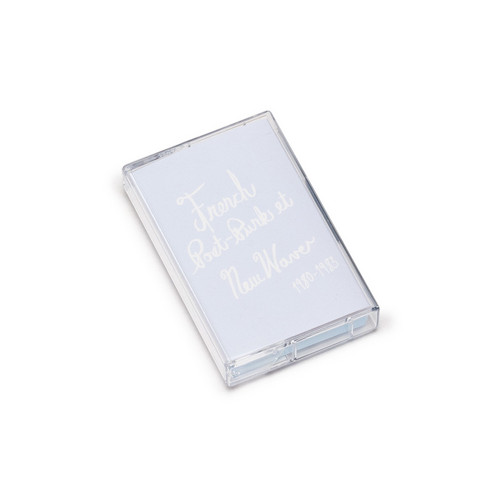
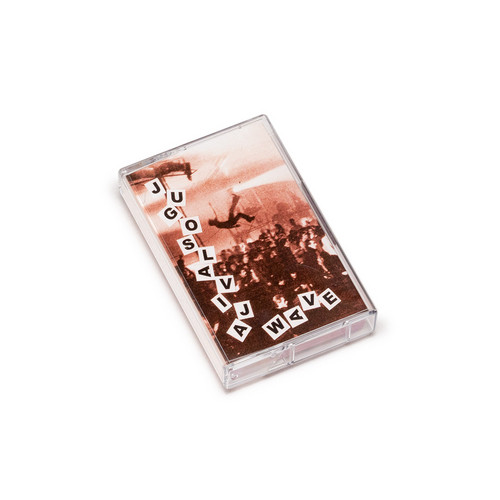
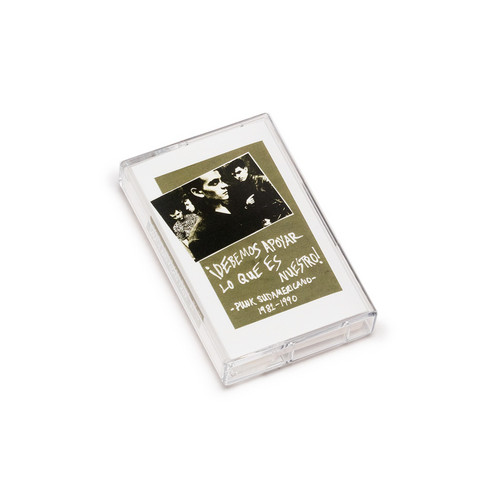
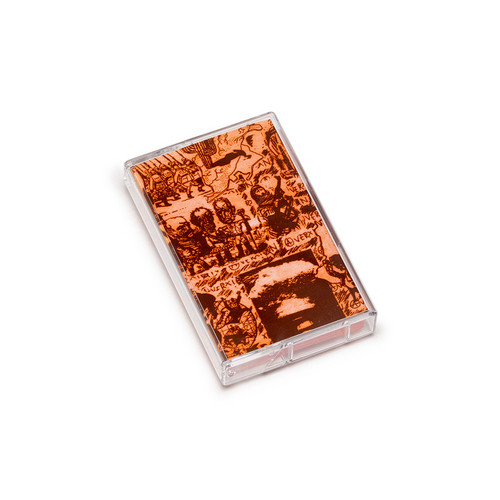
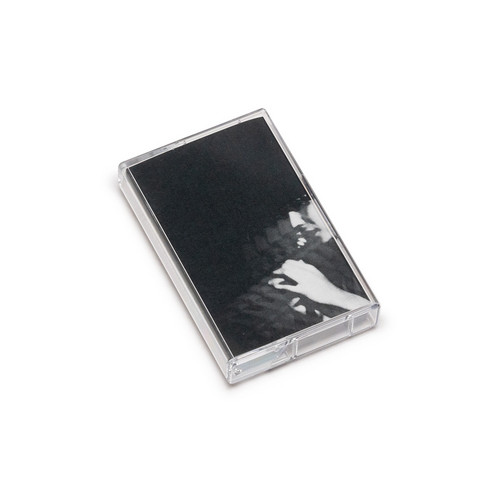
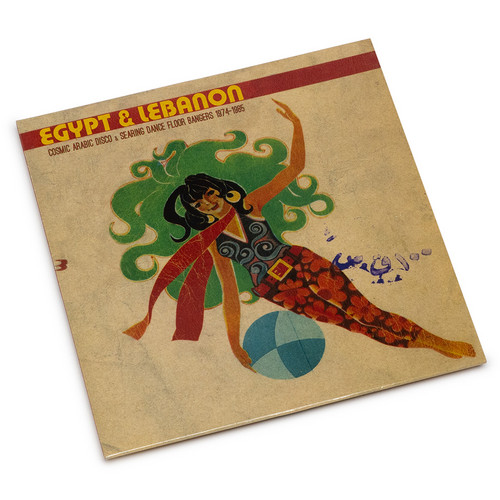
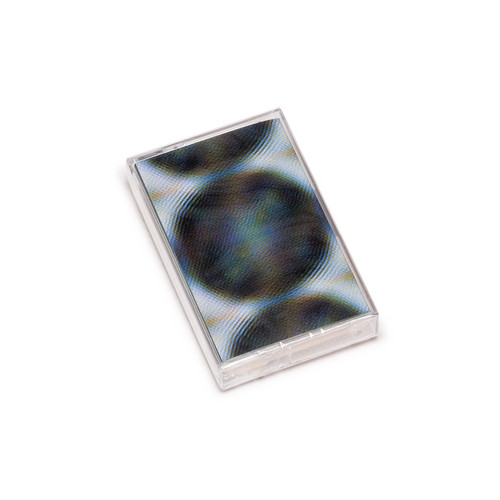
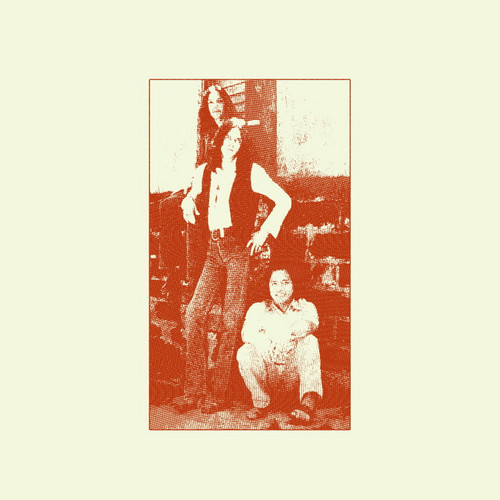
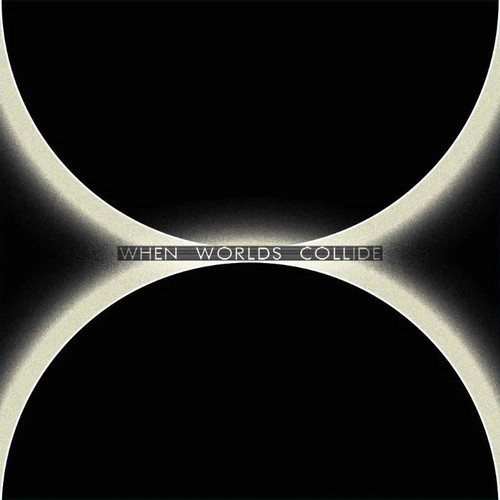
![Retrospective [2019-2024]](https://cdn.soundohm.com/data/products/2025-04/HealingSoundPropagandist_CD_01-jpg.jpg.500.jpg)
